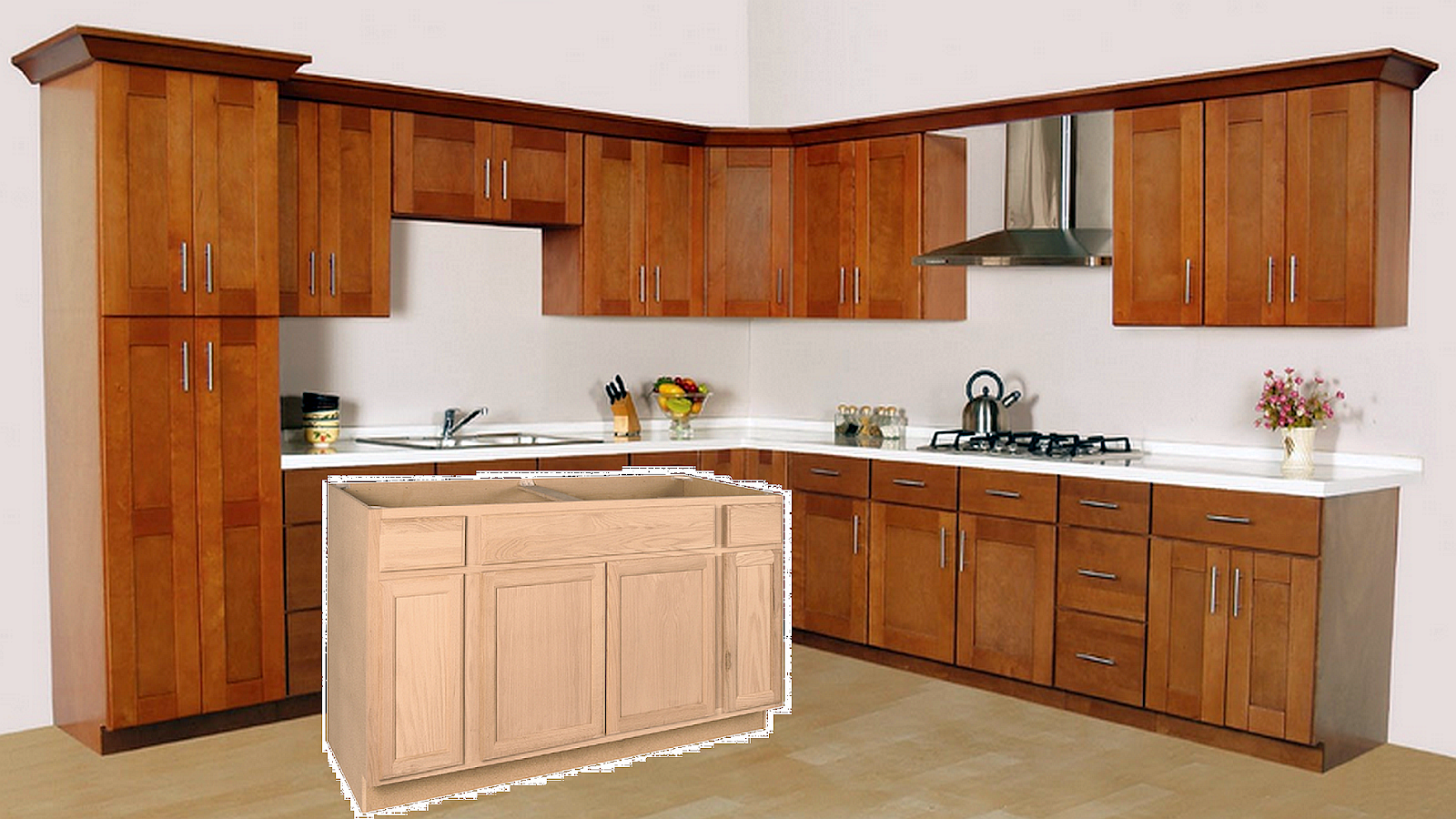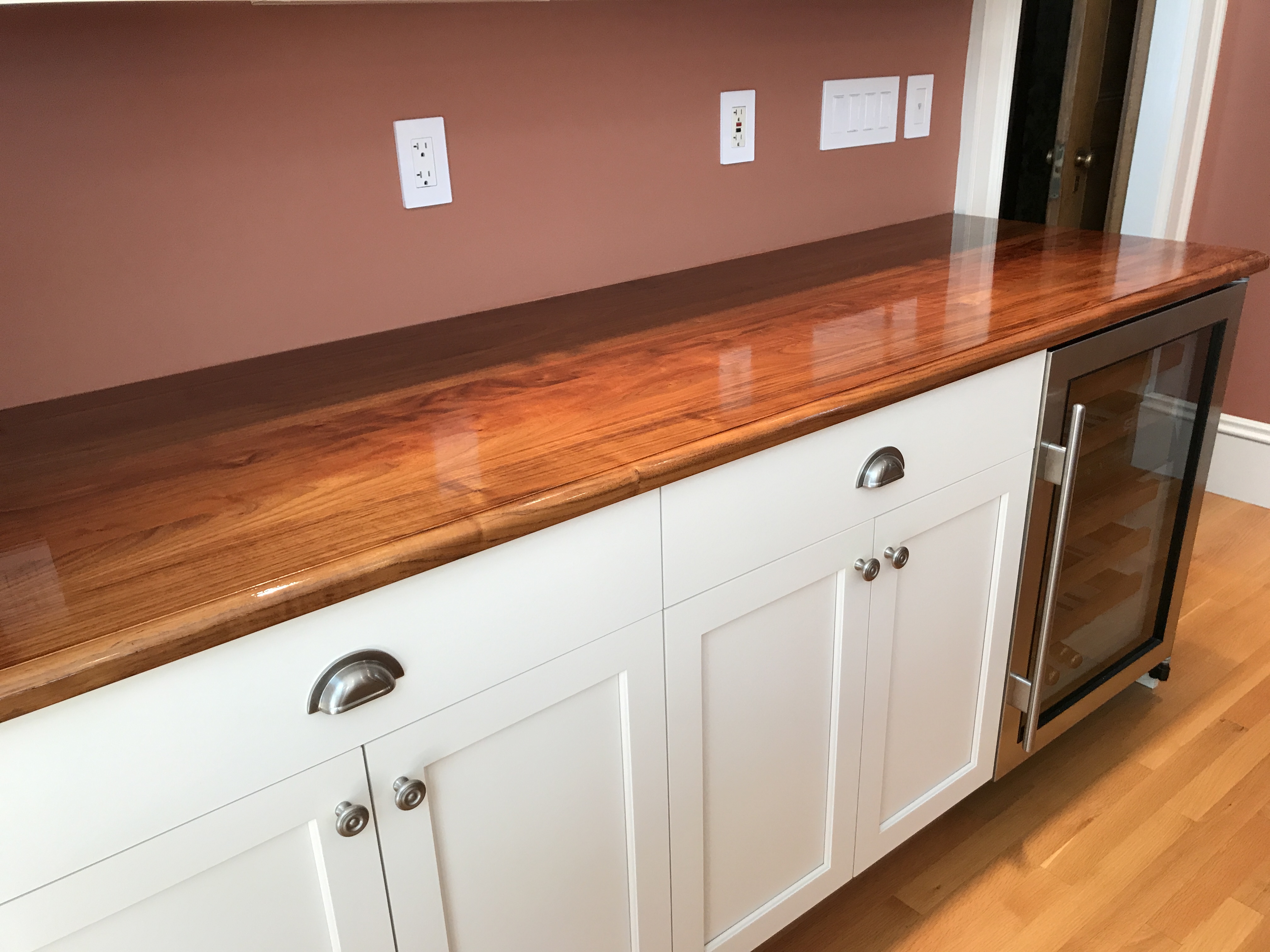Types of Kitchen Cabinet Varnish Finishes: Kitchen Cabinets Varnish Finish

Choosing the right varnish finish for your kitchen cabinets is crucial as it impacts their durability, appearance, and maintenance. Each type of varnish has its own set of pros and cons, so it’s essential to weigh your needs and preferences before making a decision.
Polyurethane Varnish
Polyurethane varnish is a popular choice for kitchen cabinets due to its exceptional durability and resistance to scratches, water, and heat. It forms a hard, protective layer that safeguards the wood from everyday wear and tear.
- Pros: Polyurethane is highly durable, water-resistant, and heat-resistant, making it ideal for high-traffic areas like kitchens. It’s also available in various finishes, from gloss to matte, allowing you to achieve the desired aesthetic.
- Cons: Polyurethane can be difficult to apply, requiring multiple coats for optimal protection. It can also yellow over time, especially when exposed to sunlight.
Examples of polyurethane finishes include gloss, semi-gloss, satin, and matte. Gloss polyurethane offers the highest shine and durability, while matte polyurethane provides a subtle, low-sheen finish. Semi-gloss and satin finishes fall somewhere in between, offering a balance of shine and durability.
Lacquer Varnish
Lacquer varnish is known for its quick drying time and high-gloss finish. It’s often used for furniture and cabinets that require a smooth, durable, and elegant look.
- Pros: Lacquer dries quickly, allowing for faster project completion. It also offers a very hard, durable finish that resists scratches and stains. Its high-gloss finish creates a sleek and elegant appearance.
- Cons: Lacquer is less forgiving than polyurethane, requiring careful application to avoid brushstrokes or imperfections. It can also be susceptible to damage from chemicals and solvents.
Lacquer is often used on high-end kitchen cabinets, providing a luxurious and durable finish.
Oil-Based Varnish
Oil-based varnish is a traditional choice for wood finishes. It’s known for its deep penetration into the wood, enhancing its natural beauty and providing a durable protective layer.
- Pros: Oil-based varnish penetrates deep into the wood, enhancing its natural grain and color. It’s also very durable and provides excellent protection against scratches and water.
- Cons: Oil-based varnish takes longer to dry than other types of varnish and emits strong fumes. It can also be difficult to clean up, requiring mineral spirits or paint thinner.
Oil-based varnish is often used for rustic or traditional kitchen cabinets, creating a warm and inviting aesthetic.
Choosing the Right Varnish Finish for Kitchen Cabinets

Selecting the right varnish finish for your kitchen cabinets is crucial, as it significantly impacts the look, durability, and maintenance of your cabinets. The choice depends on factors like the style of your kitchen, the desired level of protection, and the amount of upkeep you’re willing to commit to.
Factors to Consider When Choosing a Varnish Finish
When choosing a varnish finish for your kitchen cabinets, several factors should be taken into account to ensure the final result meets your expectations and complements your kitchen’s design.
- Style of the Kitchen: The style of your kitchen influences the type of varnish finish that best complements it. For instance, a traditional kitchen might benefit from a satin or semi-gloss finish, while a modern kitchen might prefer a high-gloss or matte finish.
- Desired Level of Durability: The level of durability required for your kitchen cabinets depends on how much wear and tear they’re expected to endure. High-traffic areas like kitchens might benefit from a more durable finish like polyurethane, while less used cabinets might be suitable with a less durable finish like a wax or oil-based varnish.
- Amount of Maintenance Desired: The level of maintenance you’re willing to commit to should be considered when choosing a varnish finish. High-gloss finishes require more frequent cleaning to maintain their shine, while matte finishes are more forgiving and require less upkeep.
Selecting a Varnish Finish That Complements Existing Cabinetry, Countertops, and Backsplash
To ensure a cohesive and harmonious look, the varnish finish should complement the existing cabinetry, countertops, and backsplash.
- Matching Finishes: If your kitchen features a consistent style, consider using a varnish finish that matches the existing finishes. For example, if your countertops are polished granite, a high-gloss varnish finish on your cabinets would create a cohesive look.
- Contrasting Finishes: To create visual interest and contrast, consider using a varnish finish that complements but doesn’t necessarily match the existing finishes. For instance, if your countertops are a matte material like quartz, a satin or semi-gloss varnish finish on your cabinets would provide a subtle contrast while still maintaining a cohesive look.
- Color Considerations: The color of the varnish finish should also be considered in relation to the existing colors in your kitchen. A light-colored varnish finish can brighten a dark kitchen, while a dark-colored varnish finish can add a touch of drama to a light kitchen.
Achieving a Specific Look with Different Varnish Finishes, Kitchen cabinets varnish finish
Different varnish finishes can be used to achieve specific looks, such as a distressed or modern finish.
- Distressed Finish: A distressed finish can be achieved by using a combination of different techniques, such as sanding, distressing, and applying a glaze. A satin or semi-gloss varnish finish can be used to create a distressed look, as it will allow the wood’s grain to show through.
- Modern Finish: A modern finish can be achieved by using a high-gloss or matte varnish finish. A high-gloss finish will create a sleek and polished look, while a matte finish will create a more subtle and understated look.
Applying Varnish Finish to Kitchen Cabinets

Applying a varnish finish to kitchen cabinets can significantly enhance their appearance and durability. It provides a protective layer against scratches, stains, and moisture, making your cabinets more resistant to everyday wear and tear. A well-applied varnish finish can also enhance the natural beauty of the wood grain, giving your kitchen a polished and sophisticated look.
Preparing Kitchen Cabinets for Varnishing
Before you start applying varnish, it is essential to prepare your kitchen cabinets properly. This involves cleaning, sanding, and filling any imperfections to ensure a smooth and even finish.
- Clean the Cabinets: Start by cleaning the cabinets thoroughly to remove any dirt, grease, or dust. Use a mild detergent and warm water, and avoid harsh chemicals that could damage the wood. Allow the cabinets to dry completely before proceeding.
- Sand the Cabinets: Sanding is crucial to create a smooth surface for the varnish to adhere to. Begin with a coarse-grit sandpaper (80-120 grit) to remove any rough spots or imperfections. Gradually progress to finer grits (150-220 grit) to achieve a smooth finish. Remember to sand with the grain of the wood to avoid scratches.
- Fill Imperfections: If your cabinets have any cracks, holes, or dents, fill them with wood filler. Apply the filler with a putty knife, ensuring it is level with the surrounding surface. Allow the filler to dry completely before sanding it smooth.
Sanding Kitchen Cabinets for Varnishing
Sanding is a critical step in preparing kitchen cabinets for varnishing. It creates a smooth surface for the varnish to adhere to and ensures a professional-looking finish.
- Sanding Techniques: Use a sanding block or an orbital sander for efficient and even sanding. Always sand with the grain of the wood to avoid scratches. Start with a coarse-grit sandpaper (80-120 grit) to remove any rough spots or imperfections. Gradually progress to finer grits (150-220 grit) to achieve a smooth finish. For a final touch, use a very fine-grit sandpaper (400-600 grit) to create a silky smooth surface.
- Dust Removal: After sanding, use a tack cloth to remove any dust particles. These particles can interfere with the varnish application, resulting in an uneven finish.
Applying Varnish Finish to Kitchen Cabinets
Once the cabinets are prepared, you can start applying the varnish finish. The application process involves several steps, each requiring specific tools and techniques.
- Choose the Right Brush: Use a high-quality natural bristle brush designed for varnish application. These brushes are specifically formulated to distribute the varnish evenly and minimize brush marks.
- Apply Thin Coats: Apply thin coats of varnish, allowing each coat to dry completely before applying the next. This ensures a smooth and even finish, avoiding drips and runs. A thin coat will also allow the varnish to penetrate the wood properly, creating a durable finish.
- Brush Strokes: Use long, even strokes, working with the grain of the wood. Avoid overlapping brush strokes, as this can lead to uneven application and brush marks.
- Avoid Drips and Runs: If you notice any drips or runs, use a brush or a clean cloth to smooth them out immediately. Work quickly to avoid the varnish from drying before you can rectify the issue.
- Drying Time: Allow each coat of varnish to dry completely before applying the next. The drying time will vary depending on the type of varnish and the ambient temperature and humidity. Consult the manufacturer’s instructions for specific drying times.
Tips for Achieving a Smooth, Even Finish
To achieve a smooth and even finish, follow these tips:
- Work in a Well-Ventilated Area: Varnish fumes can be harmful, so ensure you are working in a well-ventilated area. Wear a respirator mask to protect your lungs from inhaling the fumes.
- Use a Level Surface: Ensure the cabinets are placed on a level surface to prevent the varnish from pooling or running.
- Avoid Overlapping Strokes: Overlapping brush strokes can lead to uneven application and brush marks. Use long, even strokes, working with the grain of the wood.
- Smooth Out Drips and Runs: If you notice any drips or runs, use a brush or a clean cloth to smooth them out immediately. Work quickly to avoid the varnish from drying before you can rectify the issue.
Kitchen cabinets varnish finish – A varnish finish on your kitchen cabinets can create a durable and elegant look, but it’s important to consider the overall design aesthetic. For instance, if you want to add a touch of charm and softness to your kitchen, you might consider incorporating kitchen cabinet window valances.
These decorative elements can complement the varnish finish by adding visual interest and warmth, creating a harmonious and inviting space. The choice of varnish and window valance can help you achieve a kitchen that reflects your personal style and complements your overall design vision.
A kitchen cabinet varnish finish not only enhances the look but also protects the wood from everyday wear and tear. While many wood types are suitable for kitchen cabinets, solid walnut cabinet doors offer a unique combination of beauty and durability.
The rich grain of walnut wood beautifully complements a variety of varnish finishes, from classic satin to modern high-gloss, allowing you to personalize your kitchen’s aesthetic.
